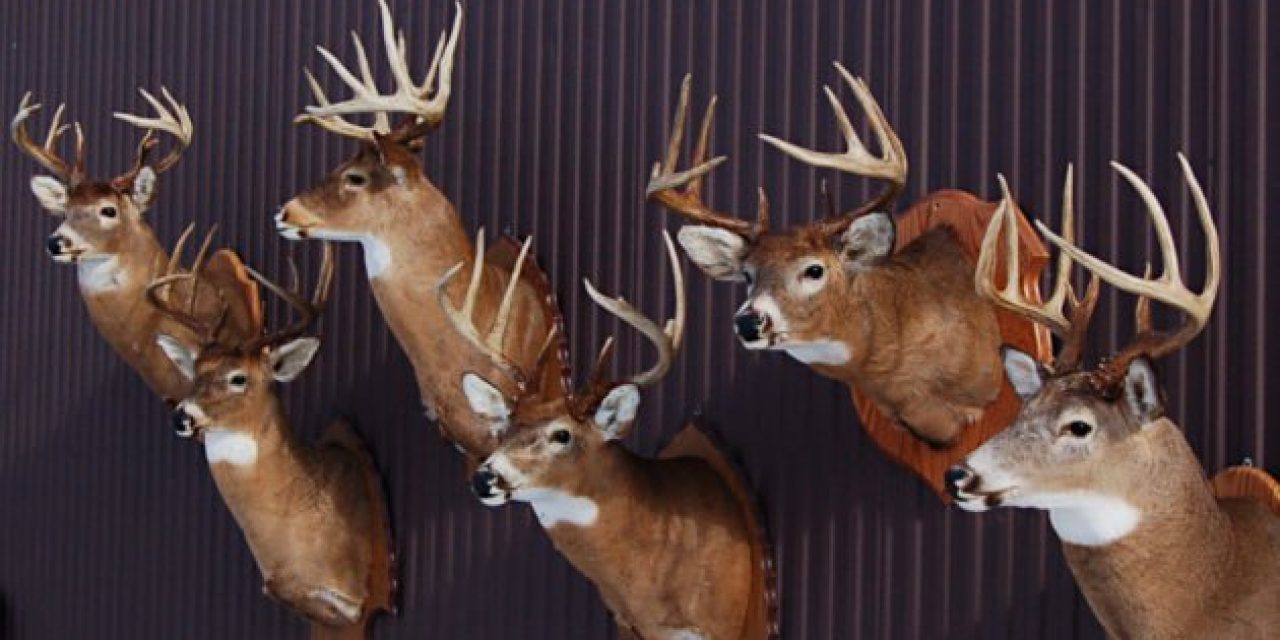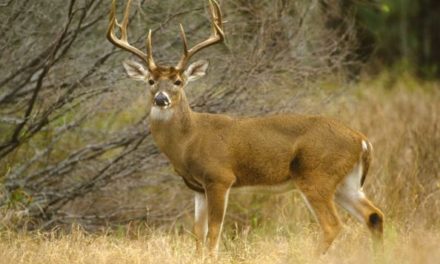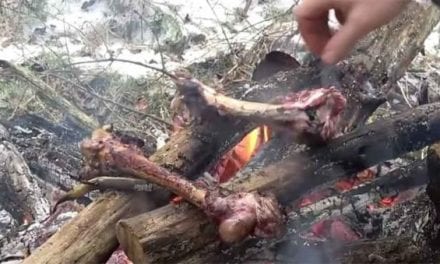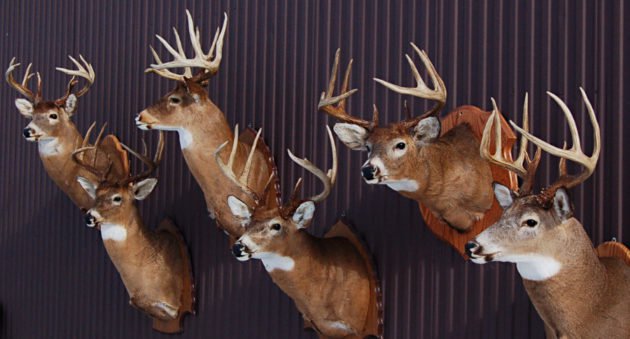
Here is everything you need to know about nonresident deer hunting in Michigan.
The state of Michigan is home to an estimated 1.75 million whitetails and some of them grow to notable sizes. The state also boasts some 4 million acres of public land. License fees for non-residents are relatively low compared to other states.
If you like those things, you’re probably interested in a hunt in the Great Lakes State.
As a lifelong Michigan resident, let me tell you all the info you need to know about deer hunting here.
Michigan Deer Hunting season – 2019/2020
Early Antlerless Firearm:
- Sept. 21-22, 2019
Liberty Hunt (Youth and Hunters With Disabilities):
- Sept. 21-22, 2019
Independence Hunt (Hunters With Disabilities):
- Oct. 17-20, 2019
Archery:
- Oct. 1 – Nov. 14, 2019 and
- Dec. 1, 2019 – Jan. 1, 2020
Extended Archery – Urban Deer Management Zone of Macomb, Oakland and Wayne Counties:
- Open through January 31, 2019
Regular Firearm:
- Nov. 15-30, 2019
Muzzleloading:
- Zone 1: Dec. 6-15, 2019
- Zone 2: Dec. 6-15, 2019
- Zone 3: Dec. 6-22, 2019
Late Antlerless Firearm:
- Dec. 23, 2019 – Jan.1, 2020
- South of M32 in Alpena County, private land only, Jan. 3-6 and Jan. 10-13, 2019
Non-resident licenses
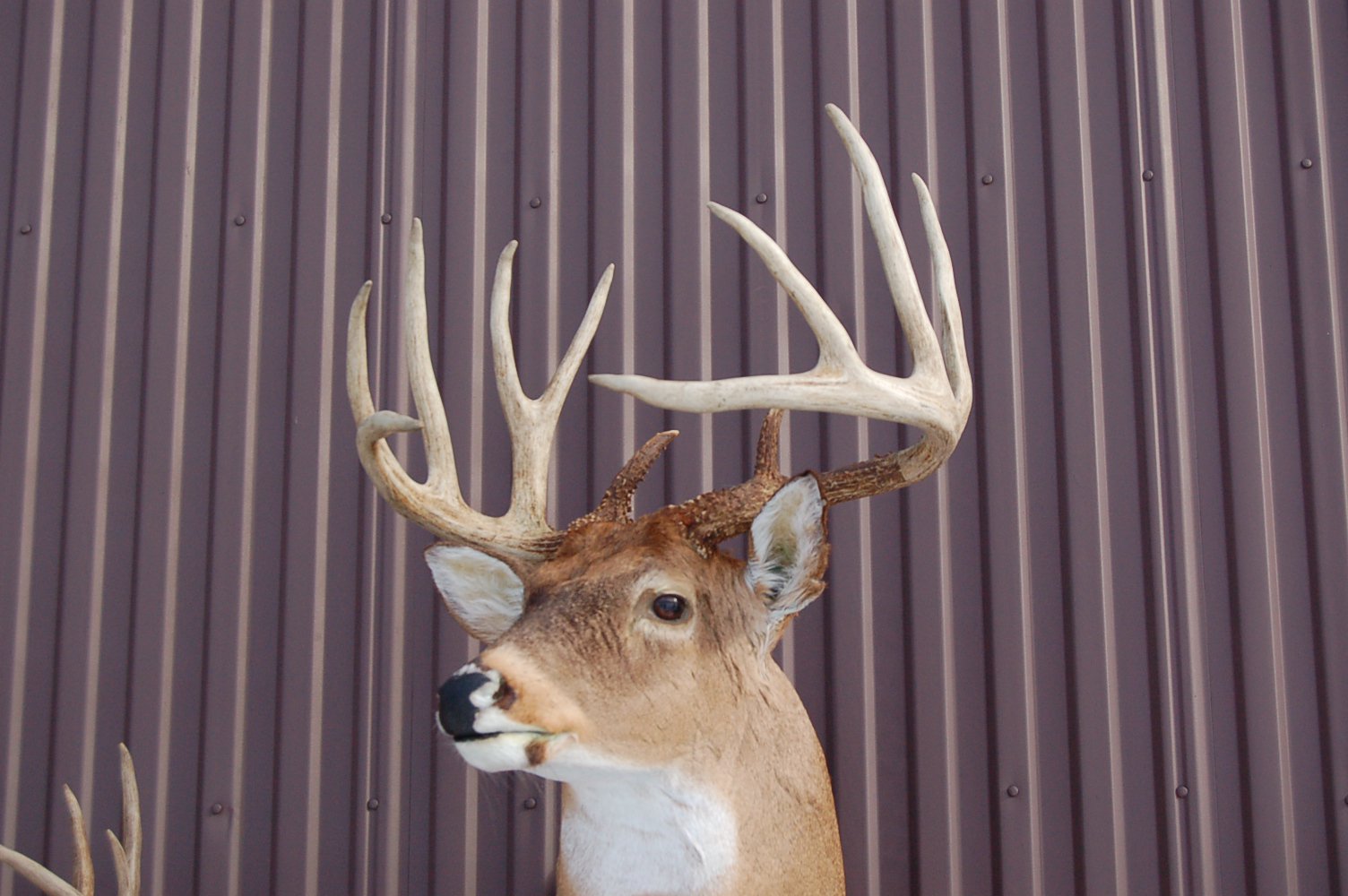
One good thing about Michigan is that nonresident license costs are incredibly affordable when compared to other states. The Michigan Department of Natural Resources developed a new licensing system a few years back that requires everyone to purchase what they call a “base license.”
For non-residents the base license is $151, which may seem like a lot before you even buy deer hunting licenses. But as a bonus, this license also counts as a small game license, so there’s a little bit of added value there.
The good news is after you pay the non-resident fee, the costs are quite reasonable. There are two types of deer licenses you can purchase. There is the standard deer license, which is good for one antlered deer. Here you’re paying the same cost as a resident deer license, only $20.
If you want to shoot more than one antlered deer, you need to buy a deer combo license for $190. One of the deer tags you receive is restricted, meaning the deer you tag with it has to have at least four antler points on one side that are over an inch.
As a side note to antler point restrictions, the DNR has been experimenting with deer management APR-rule areas the last several years. Make sure you know the rules for the area you’re hunting before you go.
If you want to take an antlerless deer, you’re looking at $170 for a non-resident tag.
Personally, if I was to make a recommendation to an out-of-state hunter on what to buy for a short hunting trip, I’d get the single deer license and not the combo. I’ll explain more why in a bit.
Weapon restrictions
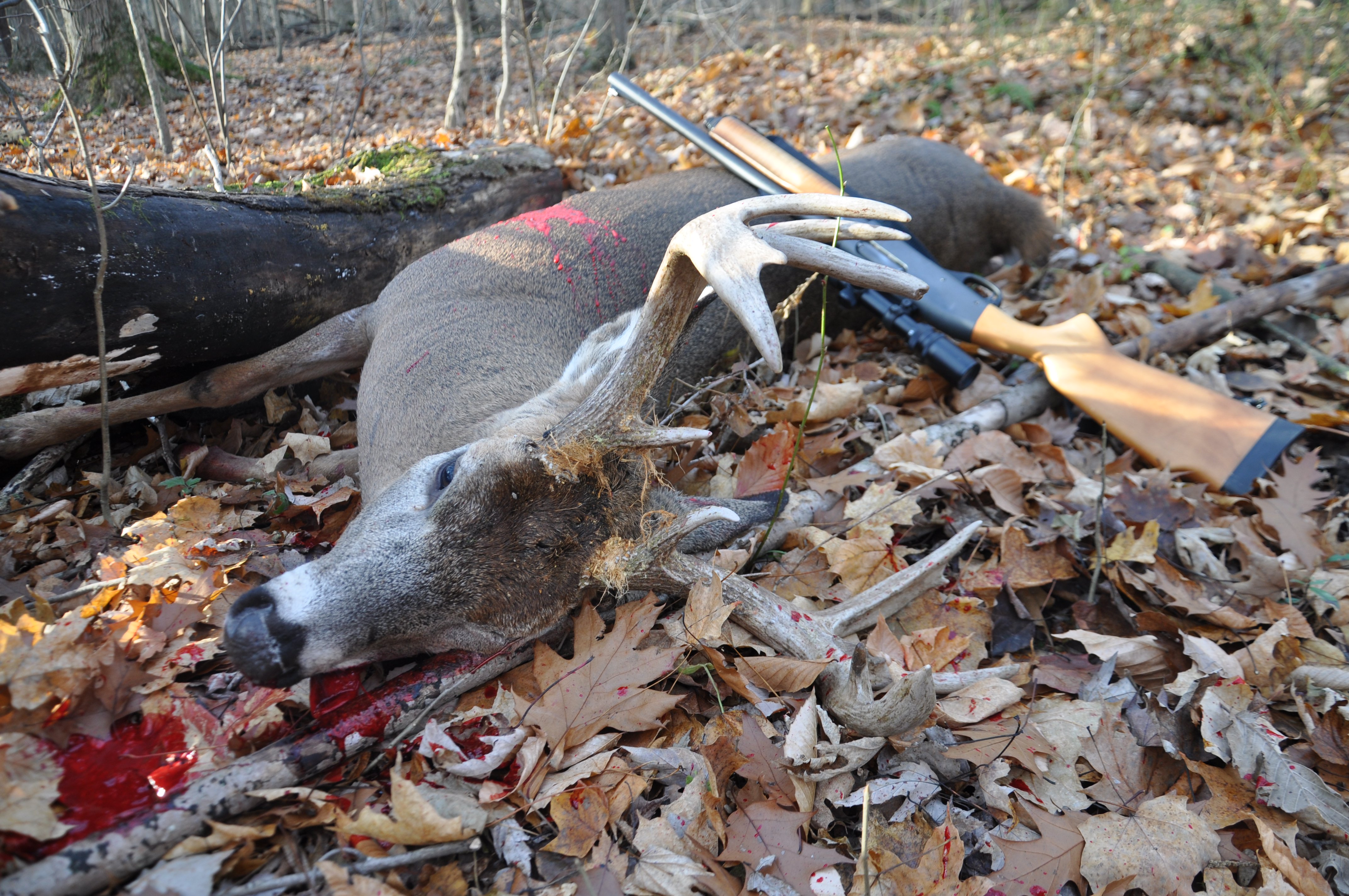
Michigan is one of those oddball states that still has antiquated rifle and shotgun zones. It’s worth noting some cracks are starting to show in these zones. Most Michigan hunters still refer to the southern part of the state as the “shotgun zone” even though the DNR has re-named it to the Limited Firearms Zone.
The line between the Limited and Unlimited Firearms Zones straddles the middle of the lower peninsula. You can see the exact line in this image from the DNR’s website.
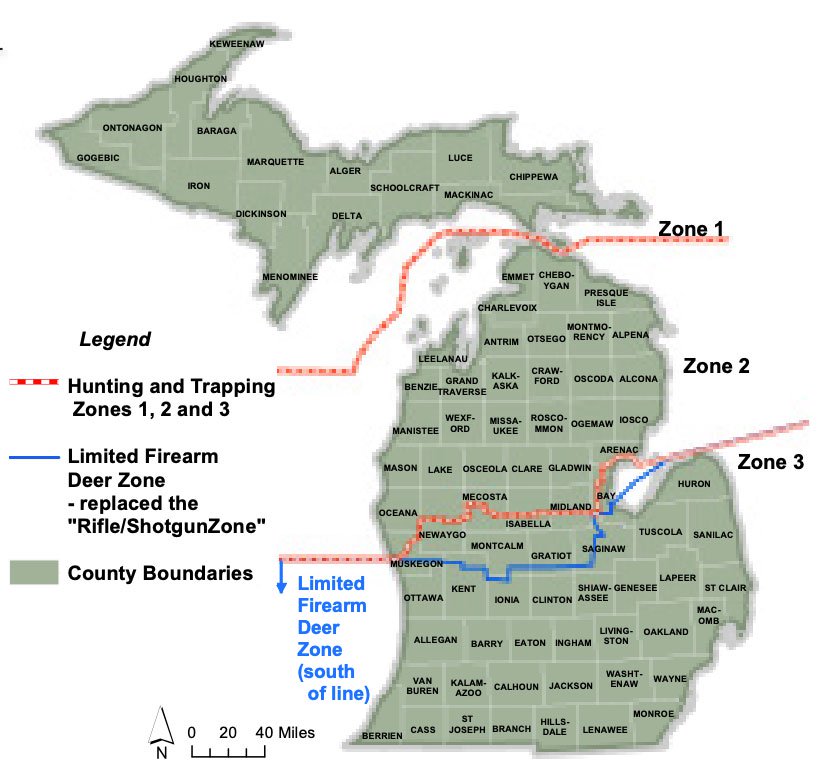
If you’re planning to hunt north of the line, you can pretty much use whatever legal firearm you want, as long as you’re able to legally own it. These additional regulations come straight from the DNR:
It is unlawful to hunt with a semi-automatic shotgun or semi-automatic rifle that can hold more than six shells in the barrel and magazine combined, unless it is a .22 caliber or smaller rimfire. Fully automatic firearms are unlawful. All shotguns used for migratory game birds (including woodcock) must be plugged so the total capacity of the shotgun does not exceed three shells.
Below the line, in the Limited Firearms Zone, is where things get more complicated.
In the past, deer hunters used just shotguns and muzzleloaders in the restricted zone (Zone 3). Many hunters opted for the latter over the former just because of the increased range. There was also the occasional handgun hunter.
But in 2014 the state began changing hunting regulations to allow some limited straight wall rifle cartridges in the restricted zone.
This means you can take a .35 caliber or larger rifle afield in the restricted zone. Michigan bases their restrictions on case length. Whatever rifle you choose to use in the restricted zone must have a minimum case length of 1.16 inches and a maximum of 1.80 inches. This puts rifles in pistol calibers like .44 or .357 Magnum into play.
But the round that has really taken off for hunting the restricted zone in recent years is .450 Bushmaster. Many gun dealers in the southern part of the state are selling these rifles now and many hunters have a new favorite gun. I admit, I’ve been thinking about getting one myself from all the good things I’ve heard.
For archery hunting, airbows are not currently legal in Michigan. The state legalized crossbows for everyone a few years back in the Lower Peninsula. However, you still must have a disabled permit for a crossbow during late archery season in the Upper Peninsula.
Where to hunt and find guide services
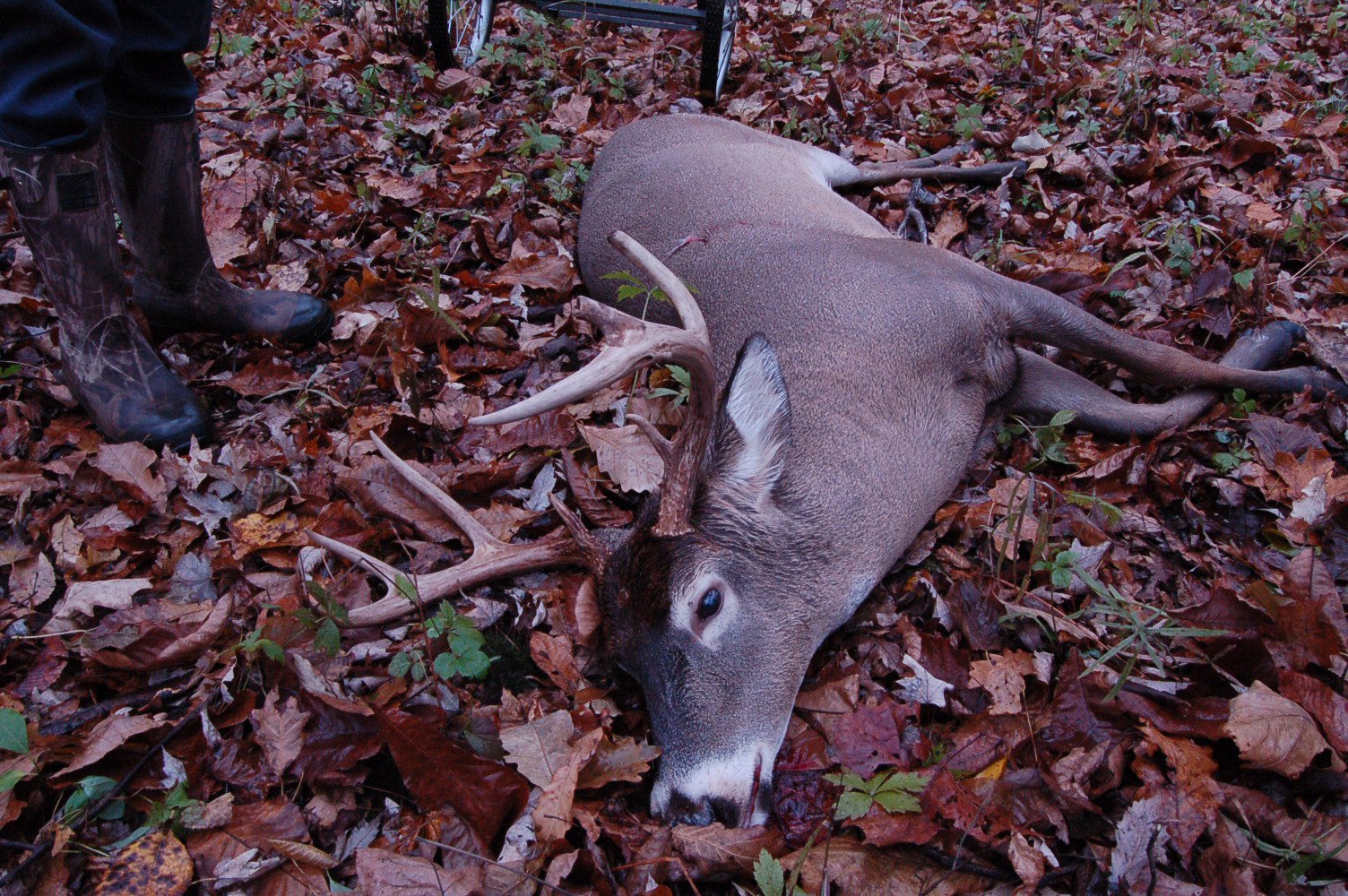
Michigan has millions of acres of public hunting areas scattered all over the state, but I can’t really recommend any of them. That’s because Michigan receives a ridiculous amount of hunting pressure and you’re likely going to run into other hunters no matter where you go.
If you’re looking to get away from the crowds, the Upper Peninsula is probably your best bet for public land. Just be aware the hunting will be much tougher, but the state forests and other pieces of public land are much larger up there, making it easier to find a spot no one else is occupying.
In the southern part of the state where I hunt, your best option is private land because the state game areas in my part of the state (Cass County) are overrun with “the orange army” once the state’s firearms deer hunting season begins (November 15-30).
Generally speaking, the further north you go in Michigan, the smaller the hunting crowds will be. But deer populations are much harder to find the further north you go. You will have to do much more scouting in a place like Roscommon County than you would in a southern county like Hillsdale County.
The southern part of the state has a lot of agricultural areas that make locating the deer a lot easier. For the northern lower and upper peninsula, you’re looking at more of a deeply wooded and wild hunt for slightly more scattered deer populations.
If you’re looking for a guide in Michigan, you’re going to have a tough time. It’s not exactly a big hunting destination state, and options are severely limited.
The good news is, some can be found on Google and appear to be fairly cheap, especially when compared to a big buck mecca like Kansas or Missouri.
If you’re looking to hire a guide, just be sure to read the very fine print before you cut any checks. There are a lot of high fence canned hunt operations running here in Michigan, and many of them don’t make that detail obvious on their website.
You don’t want to be fooled into thinking you’re going on a legitimate hunt only to be greeted by 10-foot fences on your arrival.
Hunting in Michigan is different
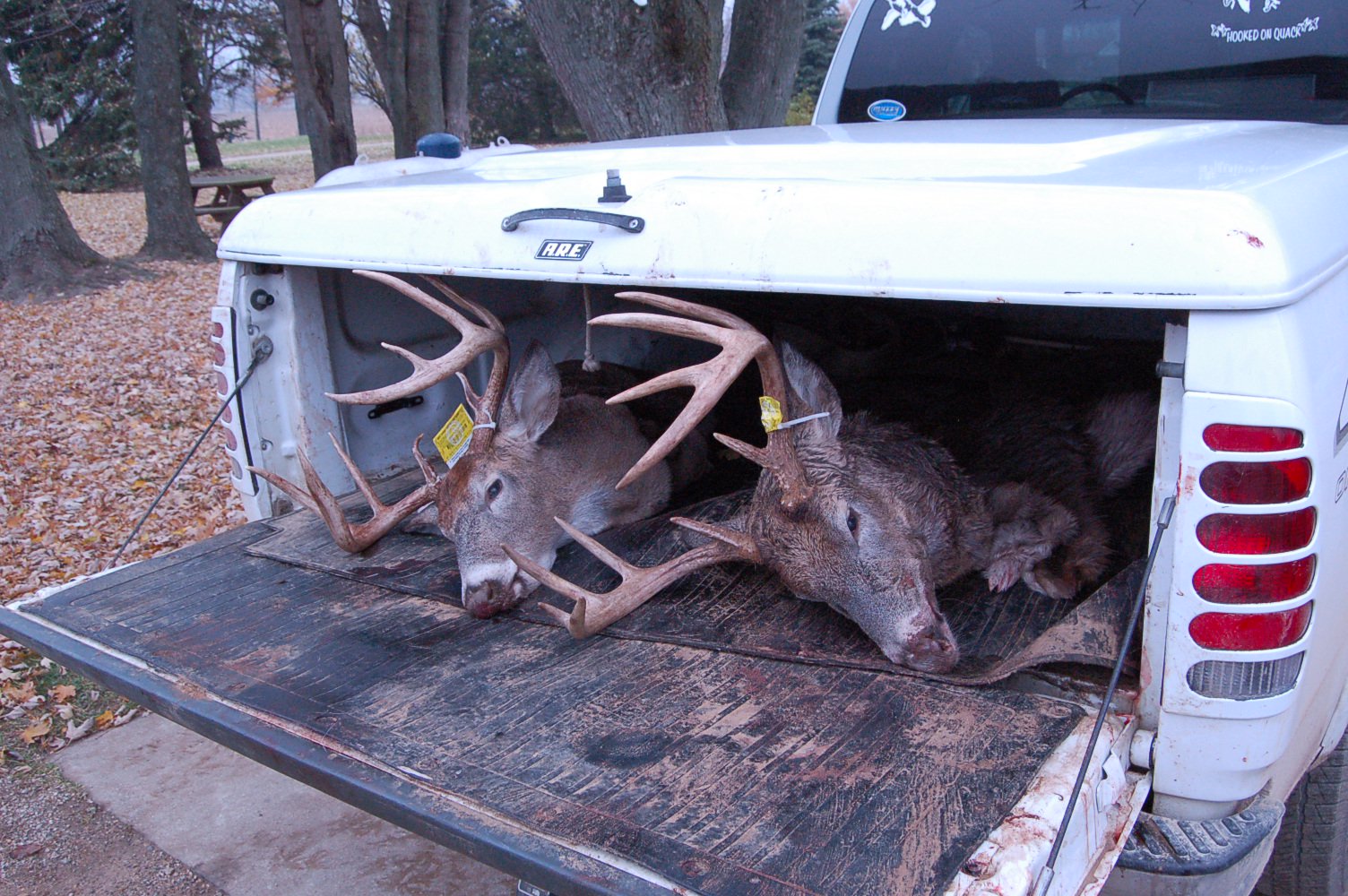
I’ve been hunting deer in Michigan for 20 years, and let me just warn all the non-residents who might be reading this right now. Michigan hunting is TOUGH.
There are approximately 500,000 hunters putting extreme pressure on the herd every year, and most deer behavior goes against all the norms you may know in your state.
I didn’t realize how screwed up Michigan was until I lived in Wyoming for a while and saw normal deer behavior. And not only that, I saw it happening in broad daylight in mid and late November!
Sadly, most Michigan hunters have never even SEEN a buck over 100 inches, much less shot one. Almost every resident hunter from here that travels out of state for a deer hunt has told me the same thing: Michigan’s deer are different than whitetails in other states.
I often like to joke with people that Michigan deer are frightened of their own shadows. It seems like it’s that tough to hunt them sometimes. Which brings us back to the license options.
Unless you’re not picky about what you shoot or have a tremendous amount of time to hunt in Michigan, I wouldn’t drop extra money on a combo license if you only have a few days. Your odds of filling both tags with a buck over 100 inches are monumentally low here. That is just the brutal reality of it.
In all the years I’ve been hunting, I have only ever filled both tags once. It can be done, but don’t expect it to be a 100% certainty.
In Michigan, most big bucks are going to go nocturnal the second firearms season starts on November 15. I’m not trying to put down my own state. Some true monsters are taken here ever year from the hunters smart enough and determined enough to make things happen.
The big bucks are here. It just takes a lot to find and hunt them.
But hey, if you’re looking for a place to really test your hunting skills, Michigan is likely one of the best states to do it!
For more outdoor content from Travis Smola, be sure to follow him on Twitter and check out his Geocaching and Outdoors with Travis Youtube channels.
NEXT: PLANS ANNOUNCED FOR 1.4 MILLION ACRES OF HUNTING AND FISHING ACCESS ON FEDERAL LANDS
WATCH
The post An Outsider's Look at Michigan Deer Hunting appeared first on Wide Open Spaces.

